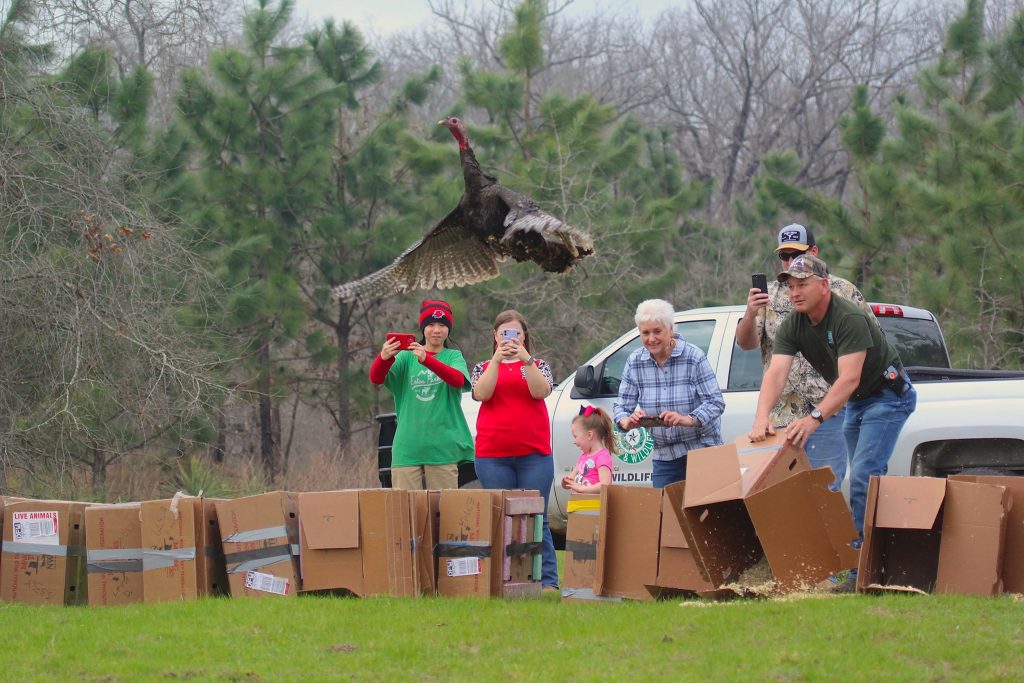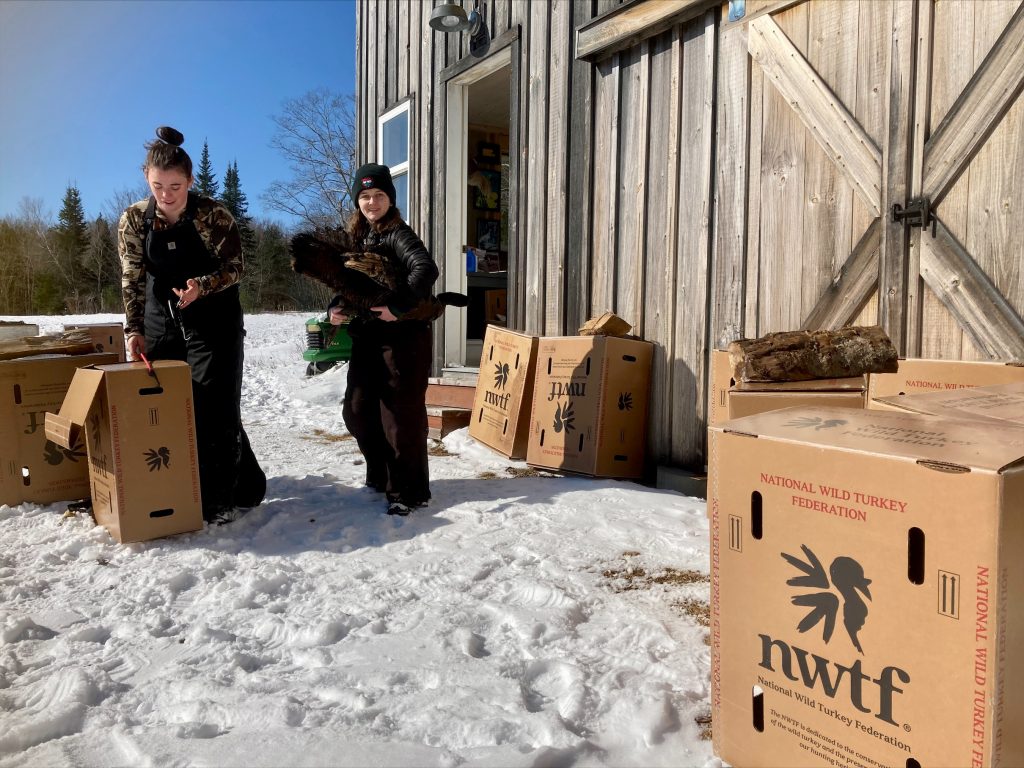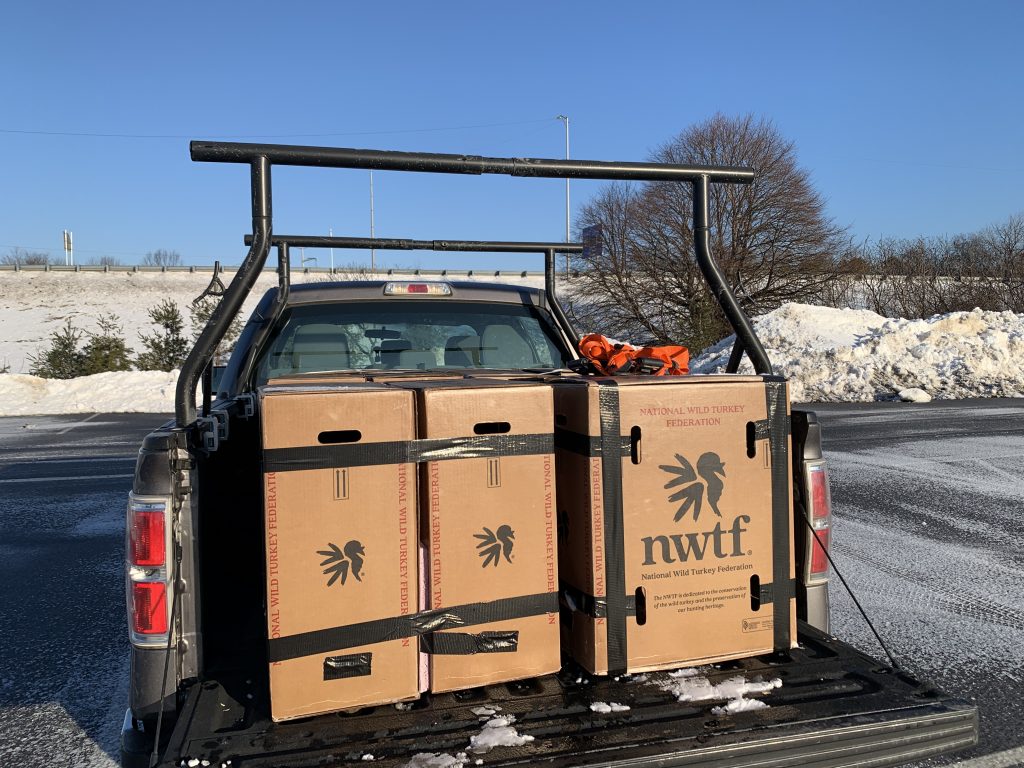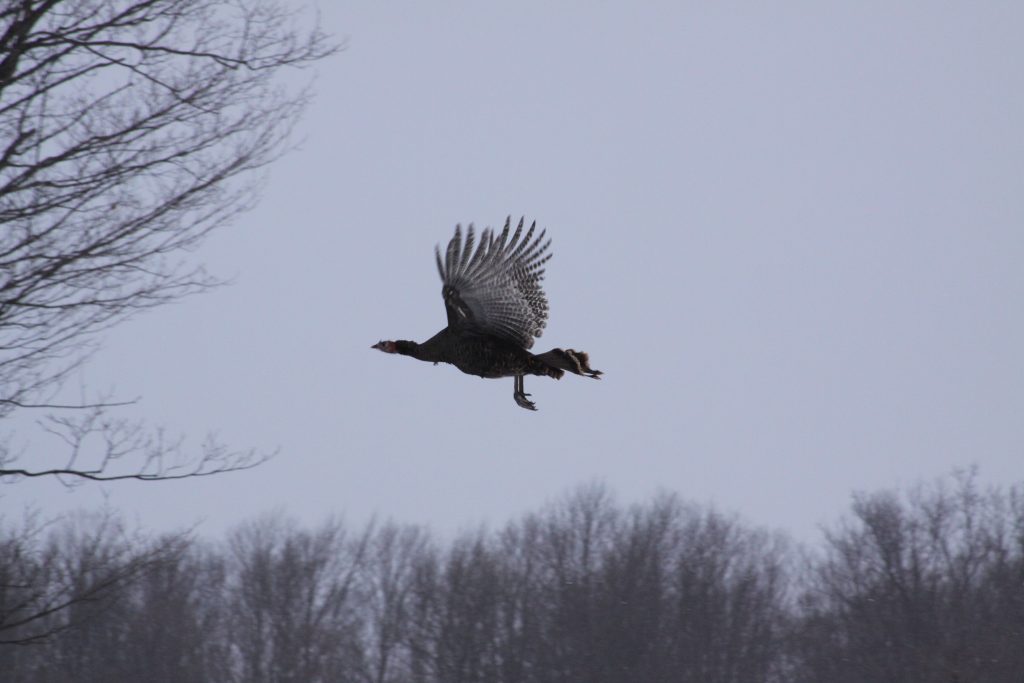A Microcosm of National Success
Turkey season is right around the corner, and for most of us in the U.S., going turkey hunting and actually hearing and seeing turkeys is fairly common; actually harvesting one, well, that’s a different story altogether. Regardless, having access to thriving turkey populations is something we get to enjoy as turkey hunters in America today, but it hasn’t always been this way.
While restoration efforts were beginning to take shape in many states in the 1960s, they were still in their early head-scratching phases, and the overall national wild turkey population was still far from sustainable. Simply seeing a turkey was a rare occurrence in many places, let alone getting the privilege of harvesting one.
One project in particular that is a great example of what the National Wild Turkey Federation is doing to actively increase populations is the ongoing Eastern Wild Turkey Super Stocking Project in east Texas. This work is emblematic of the organization’s ability to work across state lines and leverage resources, partners and funds, while also exhibiting a whatever-it-takes attitude for wild turkey conservation. As we head into this spring season, this project is a great reminder, and somewhat of a microcosm, of all the great work that has preceded us the last 50 years and is happening all over the country for both wild turkeys and turkey hunters.

The super stocking project is a collaborative effort between the NWTF, Texas Parks and Wildlife Department, a few other states’ natural resource departments and private landowners. The project release site is right on the cusp of the Eastern wild turkey’s historic range. A littler farther west and the Rio Grande becomes the predominant subspecies.
European expansion into east Texas, paired with rapid habitat changes and lackadaisical game laws, effectively eliminated the Eastern wild turkey’s presence in east Texas by the early 1940s.
“The Eastern wild turkey once occupied an estimated 30 million acres in Texas,” said Jason Hardin, TPWD’s wild turkey program leader. “However, by 1941 the Game, Fish, and Oyster Commission, predecessor to TPWD, estimated no more than 100 Easterns remained across their historic range in Texas.”
Throughout the middle of the 20th century, the Texas Game, Fish and Oyster Commission (later changed to Texas Parks and Wildlife Department) tried to increase populations by releasing game farm birds. Releasing these farmed-raised wild turkeys was once thought as an effective way to benefit populations, but by the 1970s, the growing ecology research conducted by the NWTF, state natural resource agencies and universities substantiated that the most successful way to introduce wild turkeys into an area was through releasing wild-trapped birds.
Despite mounting research and most states exclusively releasing wild-trapped birds as a means for restoration, Texas Parks and Wildlife went against the grain and continued to release game farm birds until 1979.
“This practice likely set the Eastern wild turkey restoration effort back decades,” Hardin said.
The practice of trapping and transferring wild turkeys has mostly remained consistent for the last 40 years and is much what it sounds like: taking turkeys from highly populated areas and placing them in areas with little or no population. This practice is not easy by a long stretch and requires all parties involved to be ready to work at the drop of a hat, or, in this case, a net.
To capture birds, wildlife managers enter the woods quietly and wait in a blind, much like turkey hunting. Usually the trapping area is well-baited, and once a sufficient amount of turkeys are within range, managers will fire a rocket net that covers the birds and prevents them from flying away. Minus a few technique improvements over the years, this process has proven highly successful throughout the country and hasn’t changed much over the last four decades.
Managers must act swiftly to untangle the birds, blindfold them and box them up as noninvasively as possible. From there, they run tests to check for avian diseases and collect other data, and then they are shipped to the release site on a commercial plane.
Until about 2003, trap and transfer efforts were done through a strategy known as block-stocking, which entails relocating 15-20 birds at a time and proved a successful strategy for many states. However, this approach was not ideal in east Texas.
“From 1979 to 2003, TPWD used a block-stocking strategy that was successful in some parts of east Texas, but most areas never took hold,” Hardin said. “Texas took a shotgun approach to restocking that often left birds on islands of habitat apart from other populations. This dysconnectivity with neighboring populations resulted in steady declines of the restocked birds.”
During the latter part of Texas’ block-stocking era, Dr. Roel R. Lopez developed a model he referred to as super stocking, which proposed that instead of releasing 15-20 birds at a time, the number be increased to 70-plus birds per release. An ambitious task no doubt. In 2007, TPWD funded research to conduct empirical testing of Lopez’s super stocking model, which proved a viable method for east Texas.
Since 2014, the super stocking method has been providing east Texas with great results — with birds contributed by Alabama, Iowa, Kansas, Maine, Missouri, North Carolina, South Carolina, Tennessee and West Virginia over the past 9 years — and continues to push east Texas turkey populations forward, but it doesn’t happen without a lot of work. In addition to orchestrating the project, actually capturing birds, running tests, transporting birds and releasing them, there is a lot of preliminary work that needs to be done, an area where the NWTF plays a significant role.

“The National Wild Turkey Federation has always supported TPWD’s restocking efforts,” Hardin said. “These days, NWTF’s district biologist in Texas, Annie Farrell, participates in habitat evaluations for proposed release sites alongside TPWD staff and coordinates habitat management projects and funding on public and private lands to support these newly established populations through a variety of grants.”
In addition to being at a minimum of 10,000 acres of contiguous land, before a super stocking project can be accepted, these proposed release sites have to be awarded with a score of at least 70.
If the land scores 70 or above and falls within one of TPWD’s areas of need, it qualifies for super stockings. If the score is under 70, the landowners and managers are instructed on management practices conducive to improving the habitat for a future evaluation. If necessary, the NWTF and other conservation partners facilitate relationships with the property owners and organizations such as the USDA Natural Resource Conservation Services, the U.S. Fish and Wildlife Service Partners Program, Texas Forest Service and Texas Parks and Wildlife to help improve properties so they qualify for super stocking projects.
Along with much of the technical work, the NWTF works from the local, state and national level to ensure all aspects of the super stocking projects are funded and have all resources available. Today, the Northeast Conservation Delivery Network and group of like-minded state, federal, and private conservation partners are working in concert under the umbrella of the Lower Mississippi Valley Joint Venture to deliver habitat management practices beneficial to both wild turkeys and a suite of other species that share similar habitat needs. This one-two punch of restocking and on-the-ground habitat management is the best hope for long term sustainability of wild turkeys in east Texas.
“The Texas State Chapter of NWTF has a long history of funding the costs associated with getting birds from the trap states to Texas,” Hardin said. “The state chapter has also helped TPWD fund both habitat practices and research associated with these efforts. At the national level, NWTF coordinates with trap states, schedules all flights used to deliver birds to Texas and quickly and efficiently covers any hurdles we may experience along the way with these restocking efforts.”

It’s worth noting that the NWTF truly operates as a federation, with state chapters in every state and many local chapters within each state working tirelessly for the mission. NWTF volunteers selflessly dedicated their time and energy raising funds to ensure projects like the Texas super stocking and countless others over the last 50 years have essential funding.
While super stocking wild turkeys is a fairly new restoration practice, the results are promising, and they aren’t showing any signs of stopping.
“This is not a short-term effort,” Hardin said. “By focusing our efforts, we can take closer aim, rather than a shotgun approach, at establishing populations within contiguous habitats that will allow for genetic exchange over time. Hopefully we get to a point we can use our own brood stock from past successful efforts to aid in the restoration process.
“Our ultimate measure of success will be a sustainable spring turkey season in areas currently closed to hunting. However, we are talking about a historic range that once covered 30 million acres. It will take time, but hopefully we can continue to fill suitable habitats with birds.”
There is something that is visually appealing about a turkey being released into a new area, the way it flies off, awkwardly at first but then with vigor shortly after; it’s representative of the evolution of turkey restoration efforts.

